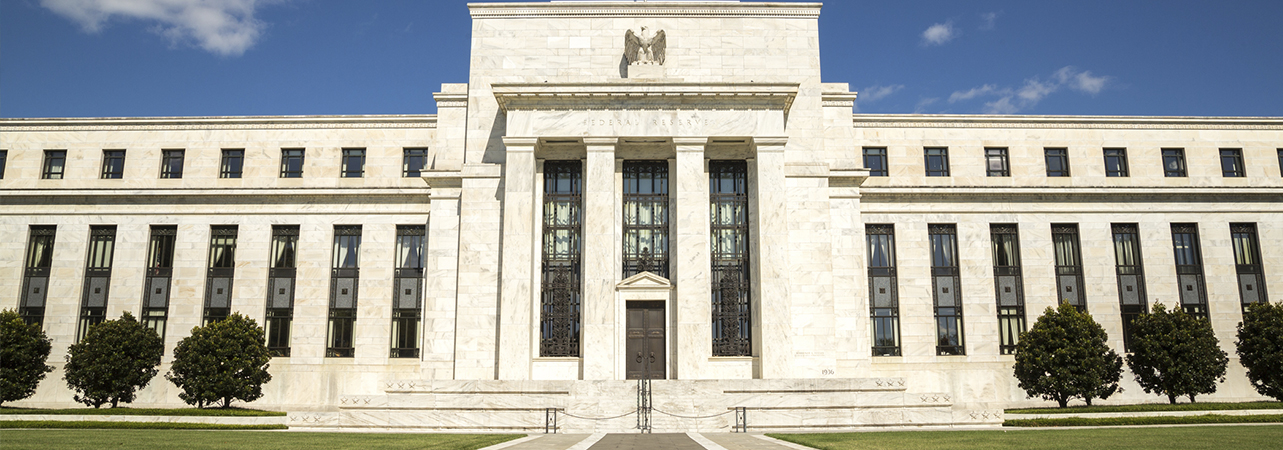As expected, the Federal Reserve (Fed) maintained its key federal funds rate at a range of 5.25% to 5.5% in March. Against a backdrop of increasingly heightened speculation over the timing of possible cuts, the Fed emphasised that it intends to remain cautious and focus on data, although a first cut is still widely expected in the summer.
- US equity indices powered to new heights
- Switzerland cut rates
- The Bank of Japan tightened monetary policy
Fed remains cautious: as expected, the Federal Reserve (Fed) maintained its key federal funds rate at a range of 5.25% to 5.5% in March. Against a backdrop of increasingly heightened speculation over the timing of possible cuts, the Fed emphasised that it intends to remain cautious and focus on data, although a first cut is still widely expected in the summer.
“Japan’s benchmark Nikkei 225 Index breached 40,000 points for the first time”
Dow hits fresh highs: inflationary pressures picked up slightly in the US during February, and the rate of CPI inflation edged up from 3.1% year on year in January to 3.2% in February. The rate of unemployment in the US rose from 3.7% to 3.9% in February, representing its highest level for two years. The Dow Jones Industrial Average Index climbed by 5.1% in March, registering three fresh closing highs during the month. Over the first quarter, the Dow rose by 5.6%.
ECB focuses on data: although the European Central Bank (ECB) left its key interest rate unchanged, speculation over the possible timing of a rate cut continued to preoccupy investors. Nevertheless, ECB President Christine Lagarde insisted she would “not commit to any kind of pace, rhythm, magnitude, because we will continue to be data dependent”. The eurozone’s rate of inflation fell from 2.8% to 2.6% year on year, and Switzerland caused a flurry by cutting its key rate from 1.75% to 1.5%. The Dax Index increased by 4.6% during the month and by 10.4% over the year to date.
BoJ makes its move: the Bank of Japan (BoJ) raised rates for the first time in 17 years during March, increasing its key rate from -0.1% to a range of 0% to 0.1%. The central bank also ended its yield curve control policy. The BoJ’s generally accommodative tone drove the Nikkei 225 Index to fresh highs; meanwhile, the yen fell to its lowest level against the US dollar for over thirty years. Elsewhere, having contracted during the third calendar quarter of 2023, Japan’s economy sidestepped recession by posting growth of 0.4% during the final three months of the year.
Nikkei breaches 40,000: having finally surpassed its previous high set in 1989 during February , Japan’s benchmark Nikkei 225 Index breached 40,000 points for the first time ever during March. The Nikkei 225 Index rose by 3.1% during March and by 20.6% over the quarter.
To view the series of market updates through March, click here















